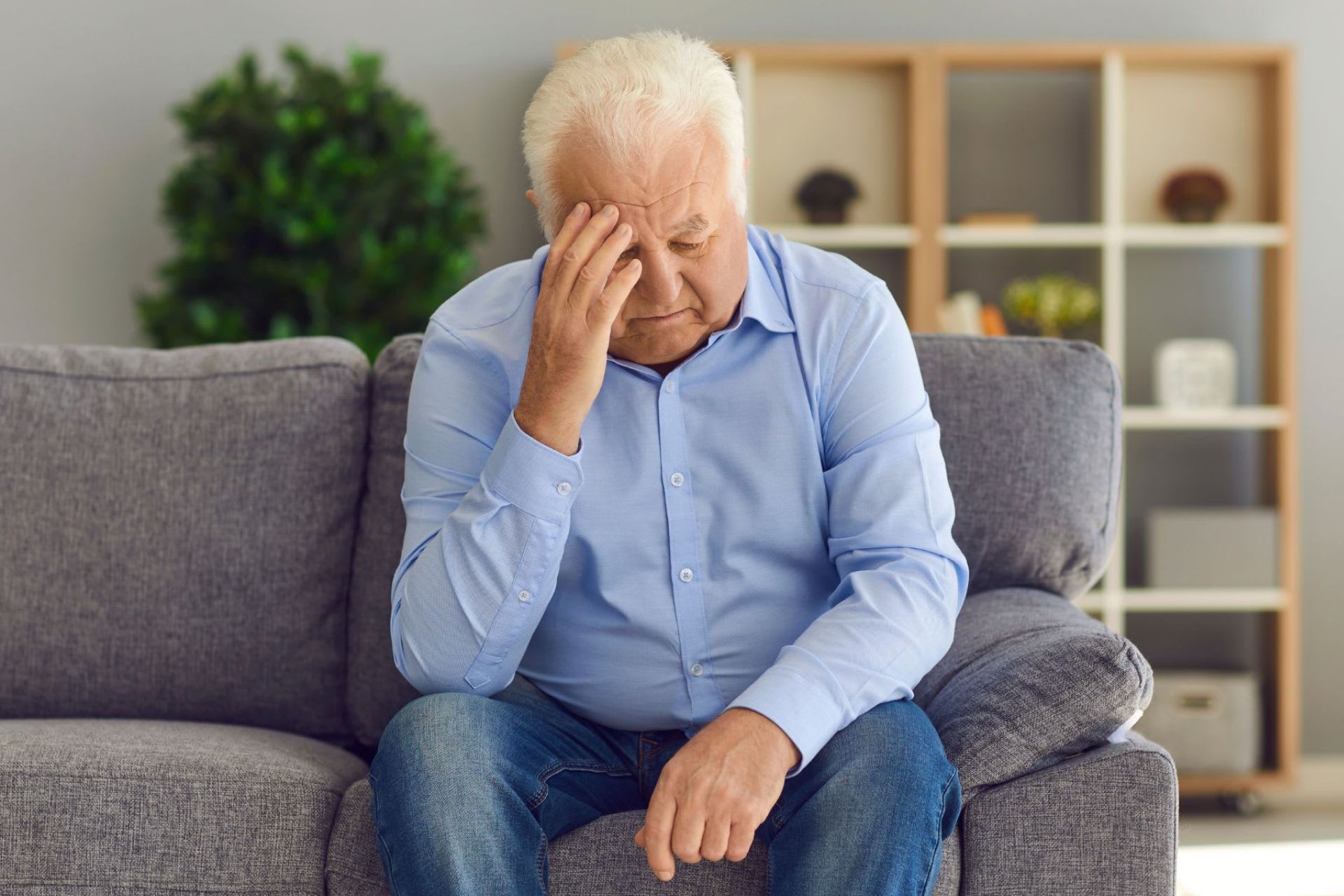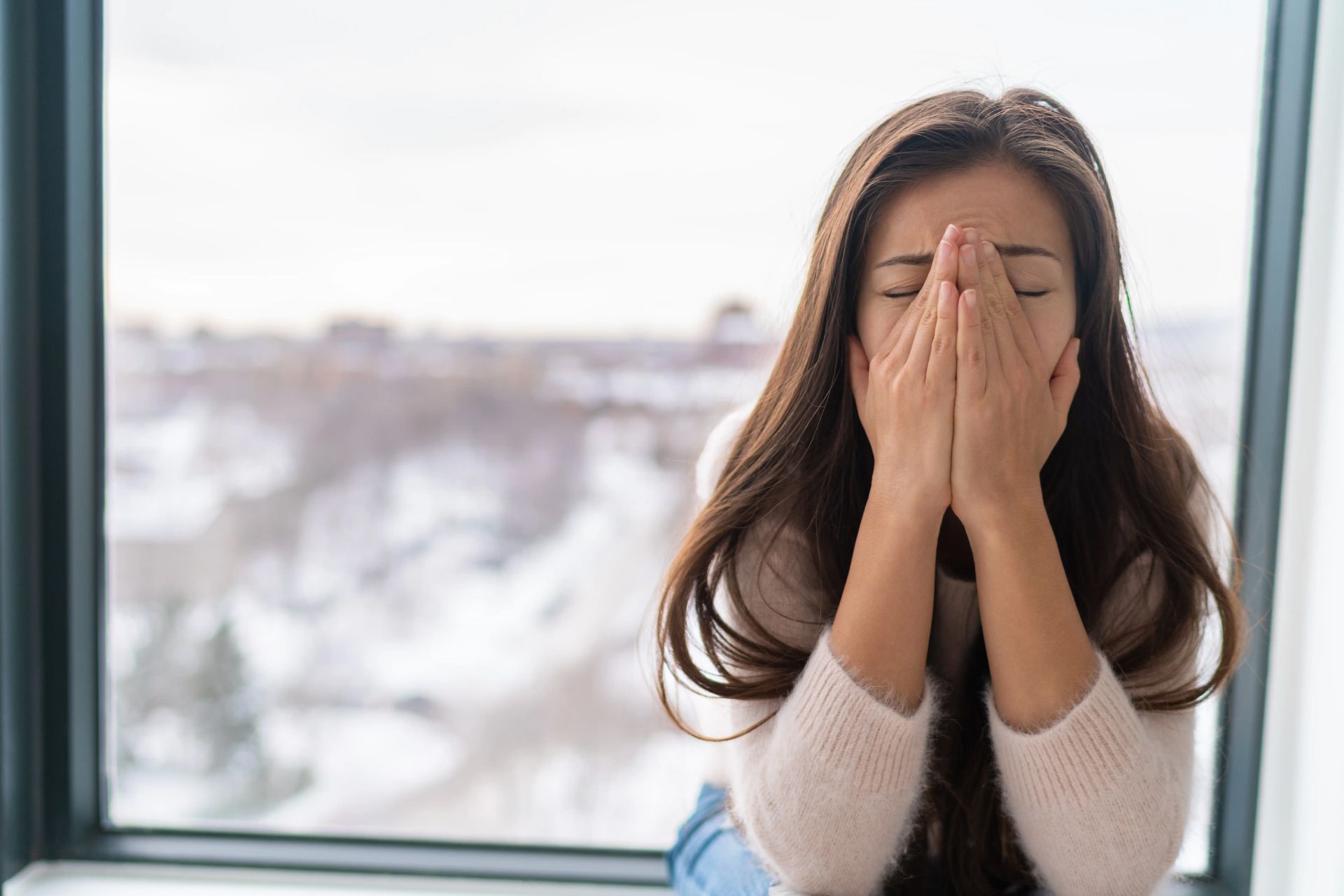Role Of Social Connectedness in Preventing Isolation in Older Adults
National and international health guidance agencies have placed high emphasis on the critical need to mitigate Social Isolation among older adults. The 2023 Surgeon General’s Advisory declared social disconnection a national health crisis. The World Health Organization(WHO) has called loneliness “a significant determinant of mental health in older age”, rating social isolation and loneliness among older adults a public health priority. The CDC has similarly spotlighted “Social connection” among older adults as a determinant of health that impacts both a person’s mental and physical health. CDC further stated that social isolation increases the risk of premature death from all causes. The National Institute on Aging similarly stated that social isolation may accelerate mental aging and worsen psychiatric vulnerability
What is Social Isolation?
Social isolation refers to living in state where one lacks or has limited to no meaningful social contact or interactions with others; not just how someone feels, but rather how socially connected they truly are. Social isolation can occur even in group living settings .It refers to a lack of social connections that often involve physical separation, mobility limitations, or even communication barriers. Social isolation results in higher rates of depression, cognitive decline, hospitalization, and mortality.
In the context of older adults, social isolation is characteristically Reflected by:
- Having Scarce societal contacts or rare social relationships
- Absence of involvement in community or group events
- Living alone or in group settings that have negligeable social engagements
Isolation and Loneliness Are Not Synonymous
Contrary to common belief, although Isolation and loneliness tend to occur together, they are not the same . They can exist independently, although both are similarly harmful to mental and physical health. One can be isolated and not feel lonely. Conversely, one can be lonely even when one has social contacts. Isolation is the objective aspect of being alone and having few social contacts. Loneliness on the other hand is the subjective sense of feeling alone.
Factors that contribute to older adults’ isolation include retirement, losses of spouse and friends, having mobility issues, hearing or vision loss, as well as chronic illness. Risk for isolation increases with aging, living alone, and having limited access to transportation or technology.
What does Meaningful interactions Mean in relation to Older Adults
Meaningful interactions define the types of social interactions that impart real value to the person involved in their emotional, mental, or interactive stimulation. Meaningful interactions are not just frequent ones This that may be through just having simple regular conversations. A relationship where one feels valued and cared for. This then gives the person involved a sense of having real connection with others, understanding them and being understood, and a feeling of having a purpose in life. CDC defines it as “the degree to which people feel they belong and are supported and valued in their relationships with others.” (CDC). In Meaningful interactions, it is the quality of the interaction that matters to older adults more than quantity.
Central Features of Meaningful Interactions Among Older Adults, & Why They Matters
Emotional Connectedness-
Showing Emotional Depth throw genuine warmth, and empathy-without being patronized- such as showing emotional support in difficult times and sharing feelings, rather than merely superficial level chit chat.
Why this matters:
Builds a sense of emotional closeness and lessens feelings of loneliness by having a “got to” person, which supports overall emotional well-being.
Reciprocal gain
Both parties give and get support or care to each other.
Why this matters:
creates feeling of being emotionally enriched by giving and receiving attention, caring, or support.
Shared goals or Activity
Doing something of mutual interest together. Mutually enjoyable things that you enjoy doing with others” (such as just having conversations, taking walks, playing or attending games, making or having meals together, attending social fares, etc.).
Why this matters:
Promotes feelings of engagement, stimulates memory stimulation, and brings joy.
Feeling Heard/ Understood
makes the older adult feel genuinely listened to, validated and valued.
Why this matters:
Inspires feelings of belonging and that your relationship matters.
Being Regular & Consistent
Maintaining enduring or regular positive interactions helps build familiarity and trust.
Why this matters:
Helps uphold a sense of solidity of the relationship and connectedness.
Cultural & Personal Bearing
Respecting the language, cultural values & traditions, and personal life experiences.
Why this matters:
Helps in building comfort, reducing stigmas, and inspires engaged participation.
Why Meaningful Interactions Matters in Aging
Meaningful interactions particularly vital for older adults in maintaining mental and emotional health. Research studies have shown that meaningful interactions are linked to:
- Reduction to the risk of developing depression and anxiety
- Reduced rates of cognitive decline
- More life satisfaction, enhanced sense of self-worth, and well-being
- Build stronger resilience to cope with stressors and a sense of having purpose in life.
Risk Factors
Older adults are especially at risk due to:
- Loss of spouse or peers
- Retirement
- Reduced mobility or chronic illness
- Sensory impairments (hearing, vision)
- Transportation barriers
Mental preparation tips
Depression Disorders
Reduced emotional support, increases rumination and sense of hopelessness, hence increasing the risk for major depressive disorder (MDD).
Anxiety Disorders
Isolation heightens fear and uncertainty, particularly around safety and aging. Lack of social reassurance can magnify anxiety leading to generalized anxiety.
Alzheimer’s disease & Dementia
Social engagement stimulates cognitive function -CDC states social isolation increases dementia risk by 50% due to lack of social stimulation needed for cognitive function. Social isolation may fast-track mental aging and exacerbate psychiatric vulnerability
Suicidal Ideation,
Isolation is deemed one of the strongest predictors of suicidal ideation among older adults.
Sleep Disorders
Psychological distress usually accompanies disruption of sleep, leading to sleep disorders.
Substance Abuse
Some older adults may try turning to alcohol, prescription narcotics, or other substances to help cope.
Protective Interventions recommended by National health agencies to Help
Prevent Social Isolation in Older Adults
- Mental Health Screening and Referrals
- Regular Social participation in activities (such as joining Clubs, Groups, or Volunteering)
- Technology-Based Virtual Social Connections ( such as Video Calls and Digital Programs)
- Provision of Transportation Services and Mobility Support by agencies
- Engagement in Intergenerational school Programs ( such as Mentoring youth)
- National Agencies Sponsored Home Visiting and Befriending Services
- Engaging in Group Physical Activities (such as Walking Clubs, fitness, Yoga)
- Use of Pet Therapy and Companion Animals for Emotional companionship
- Modification of Environmental by Designing Age-Friendly Public Spaces
Takeaways About Social Isolation in Older Adults
Social isolation is a severe health hazard.
- linked to heightened risk for depression, anxiety, cognitive decline, dementia, and premature mortality.
Isolation and loneliness are not synonymous-
- Isolation is objective in form reflecting having few social contacts. Loneliness is subjective, denoting feeling alone regardless of contact. Both can hence exist independent of each other but are equally damaging to both mental and physical health.
Older adults are particularly vulnerable
- Contributing risk factors include retirement, losses of spouses and friends, immobility issues, hearing and vision losses, and presence of chronic illness.
- Vulnerability increases with aging, living alone, and having limited access to transportation or communication technology.
Resultant mental health consequences have profound outcomes
- Depression
- Anxiety
- Sleep disturbances
- Substance use
- Suicidal ideation
Effective protective interventions strategies available
- Engagement in social programs (e.g. clubs, volunteering)
- Technologically assisted virtual communication
- Home visits and peer support groups
- Group physical activities
- Accessible transport and age-friendly designed public spaces
- Mental health screenings & referrals
Early Identification and Prevention Are Critical
- Identification of at-risk individuals through routine screening by healthcare providers.
- Interventions are more successful when tailored to be culturally appropriate.
Community and policy changes are important
- Provision of essential services like older adult-friendly environments, digital addition, and transportation services to diminish systemic barriers to social connectedness.
Bottom Line : Social isolation is a modifiable risk factor severe mental and physical health risks. Health systems, communities, and families can help mitigate this risk through coordinating support to ensure older adults maintain social connection, which is vital for their mental well-being, dignified independence, and have long full life.
Chief Preceptor of Clinical Practicum Program – Dr. Okah Anyokwu
Director of Clinical Practicum Program – Xavier Hicks











